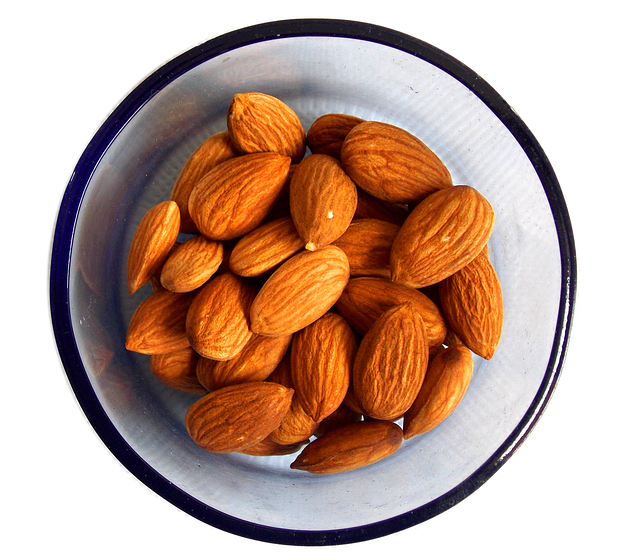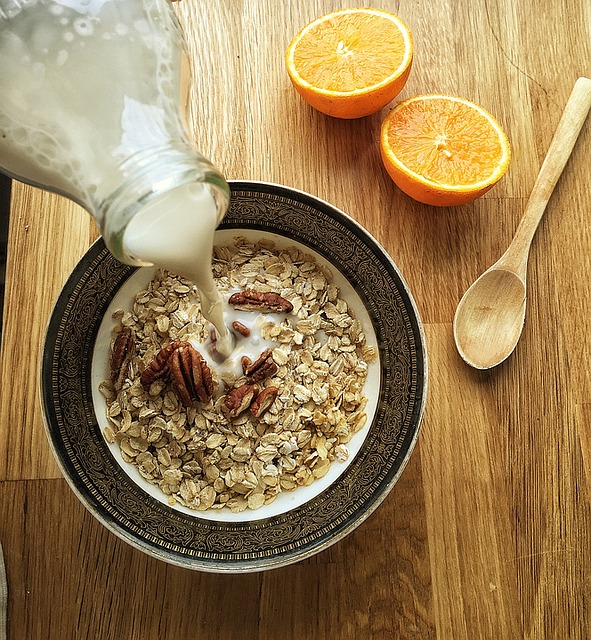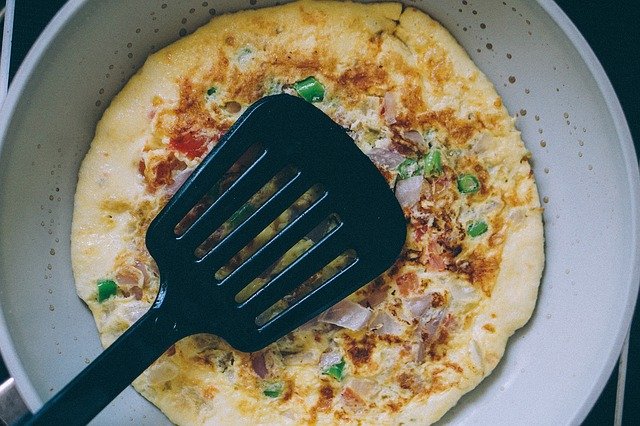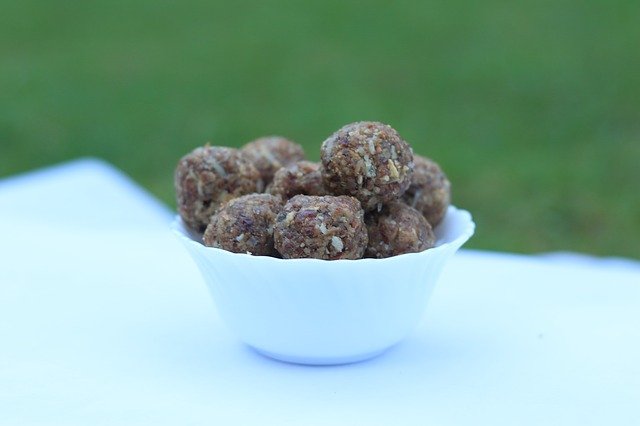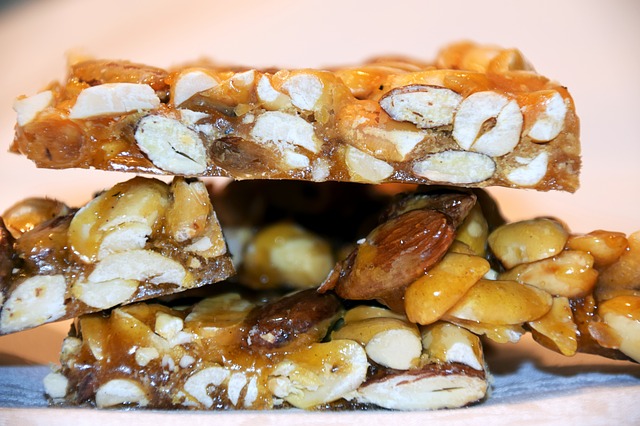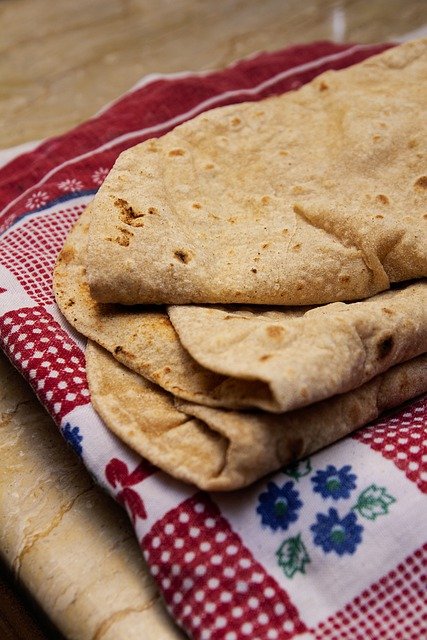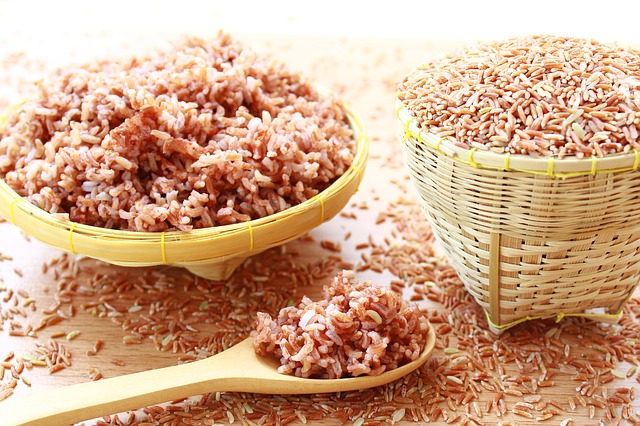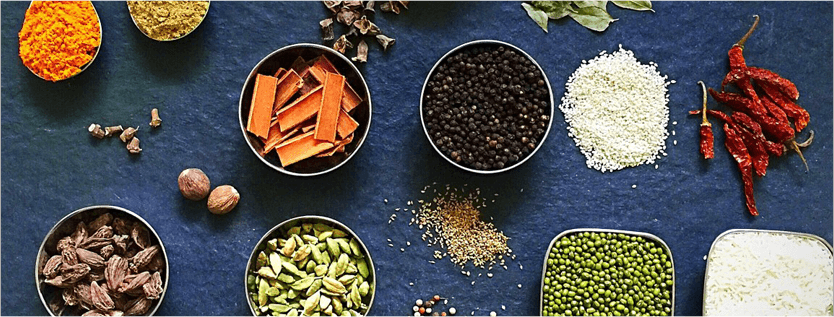Although it’s important to consume a very light diet, it is necessary to follow a diet loaded with nutritious foods, as they need to replenish the lost nutrients. Plus, it also becomes essential that your body gets proper nourishment after delivery. As such, these are some Indian foods to eat if you are wondering how to reduce belly after C Section.
Essential Indian whole grain products contain iron, fibre, and folic acid. In addition to giving you a wholesome portion of enriched vitamins and nutrients, whole grains also boost energy levels and maintain breast milk supply. Whole grain cereals in India such as brown rice, oats, whole wheat and millets make a good option for breakfast, lunch or dinner.
Proteins stimulate the growth of new cell tissues and encourage the healing process. Protein-rich foods help in tissue repair and maintain muscle strength after delivery.
Some of the protein-rich foods to eat after c section include fish, eggs, chicken, and meat. These can be consumed by Indian mothers who enjoy non-vegetarian food. While fish contains omega-3 fatty acids, eggs provide zinc which is beneficial for you and for your baby’s growth and development.
Vegetarian mothers in India can consume dairy foods, peas, dried beans, and nuts. They’re easy to digest and especially recommended during nursing. Dark-coloured beans like kidney beans and black beans contain iron. These are commonly known as rajma in India. Other options may include mushrooms, carrots, and dates.
Vitamins help in producing collagen and in building new scar tissues, ligaments, and skin. Green vegetables such as spinach, fenugreek leaves, broccoli, and lotus stem are excellent sources of vitamins A and C, iron, and dietary calcium.
To combat infections and strengthen immunity, mothers must eat vegetables and fruits like oranges, papayas, watermelons, strawberries, grapefruits, and sweet potatoes.
Indian fruits to eat after C section delivery include oranges and blueberries. These citrus fruits are rich in antioxidants and vitamin C and good for breastfeeding mothers.
Constipation is a common problem experienced by new mothers. Poor bowel movement delays the healing process by putting pressure on wounds and incisions. Fibre keeps constipation at bay and stimulates smooth bowel movements.
Raw fruits and vegetables provide roughage, thereby giving relief from constipation. Oats and ragi are also rich sources of fibre content and are enriched in carbohydrates, calcium, proteins and iron.
Other protein and fibre-rich Indian foods to eat after cesarean delivery include lentils, green grams, and pulses.
Your Indian diet chart after C section to lose weight should include Iron as it increases haemoglobin levels and immune health and helps regain blood lost during delivery. Egg yolks, red meat, oysters, and dry fruits are rich sources of iron. Note that excessive iron consumption also results in constipation and should be avoided.
Consuming lots of fluids averts dehydration and keeps constipation at bay. A good fluid intake by new mothers helps easy bowel movements and also stimulates post-surgery recovery. Your Indian diet chart after C section to lose weight should include fluids such as coconut water, low-fat milk, non-citrus juices, herbal teas, buttermilk, and soup.
Dairy gives nursing mothers their required dose of protein, calcium, and vitamins B and D. Calcium strengthens the bones and teeth, relaxes the muscles, aids blood coagulation, and prevents osteoporosis.
During breastfeeding, 250 to 350 mg of calcium is transferred to the new-born baby.
Skimmed milk, low-fat yoghurt, and cheese strengthen your baby through breast milk. Calcium-fortified drinks, low-fat yoghurt, and milk are known to stimulate breast milk supply.
Fruits and vegetables loaded with vitamins, iron, and calcium should be included in the Indian diet plan after a C-section for new mothers, especially if they follow a vegetarian or vegan diet. Breastfeeding mothers, too, can benefit from the antioxidant properties of fruits and vegetables.
Apart from the foods listed above, some Indian spices and condiments also help a new mother cope with the physical demands of childbirth.
- Ajwain is a widely used Ayurvedic medicine that contains thymol with antibacterial, antioxidant, antiseptic, and anti-fungal properties. You can consume it by simply boiling a spoonful of ajwain seeds in a glassful of water, or you can include it in vegetable dishes, rotis, or parathas.
Ajwain water helps a new mother against gastritis, constipation, stomach ache, indigestion, bloating, etc. It also cleanses the uterus and provides relief from the post-delivery pain.
- Cumin (jeera) is known to enhance milk supply and is a useful lactating agent. Cumin seeds stimulate digestion. You could either drink cumin by boiling a spoonful of cumin seeds in a glassful of water or use them in your meals, as part of dal or vegetable gravies.
- Turmeric is one of the most popular anti-inflammatory substances used in Ayurveda. Turmeric is commonly known to heal both external and internal wounds. It is also recommended for lactating mothers as it boosts breast milk supply. You can add about half a teaspoon of turmeric in a glass of warm milk and drink it every day.
- Asafoetida (hing) relieves gastrointestinal issues such as flatulence and helps with digestion. Adding a little hing to your vegetables or gravies also keeps intestinal gas at bay.
Summary
– If you are searching for how to reduce tummy after c section naturally, a nutritious Indian diet is recommended for new Indian mothers. Make sure to maintain a nutritious Indian diet after C section to lose weight, which is rich in carbohydrates, proteins, vitamins, and minerals.
– Drinking plenty of water and liquids will detox and maintain the fluid balance in your body. Incorporating Indian fruits to eat after c section delivery, such as oranges and blueberries into your routine is also an essential step.
– Cumin, fenugreek, turmeric, ginger and garlic, and carom seeds (ajwain) are some Indian spices with medicinal properties that you can add to your diet.

 Gynecologist
Gynecologist General Physician
General Physician Orthopedician
Orthopedician Dietitian
Dietitian Pediatrician
Pediatrician Dermatologist
Dermatologist Psychiatrist
Psychiatrist Andrologist
Andrologist Diabetologist
Diabetologist Urologist
Urologist Gastroenterologist
Gastroenterologist General Surgeon
General Surgeon Endocrinologist
Endocrinologist Dentist
Dentist Cardiologist
Cardiologist Pulmonologist
Pulmonologist Fertility Specialist
Fertility Specialist Oncologist
Oncologist Neurosurgeon
Neurosurgeon Nephrologist
Nephrologist Neurologist
Neurologist Sports Medicine
Sports Medicine Cosmetologist
Cosmetologist





